Retro Replay Review
Gameplay
Guilty Gear Isuka sticks to the series’ roots by delivering fast-paced, combo-centric fighting action, but adds a fresh twist by introducing 2-on-2 battles. Instead of the traditional one-on-one duels, players now choose two characters to fight side by side, allowing for coordinated assaults, tag summons, and dynamic positioning that can turn the tide of battle in an instant. This cooperative style demands strategic synergy between teammates, pushing players to master not only individual moves but also timing and spacing in tandem with their partner.
The implementation of multi-plane arenas is a standout feature that borrows from the Fatal Fury lineage. Fighters can manually switch between foreground and background lanes, opening up new tactical possibilities such as dodging linear assaults or setting up cross-plane ambushes. While it adds depth, it also raises the skill ceiling—players must learn to track opponents on multiple levels, anticipate plane-jumps, and execute combos that seamlessly transition between depths.
Isuka introduces the “Boost” mode, which transforms the conventional fighting framework into a 2D side-scrolling beat ’em up experience. In this mode, teams of Gears battle waves of generic enemies and minibosses, unlocking special moves and practicing combos in a high-intensity environment. Boost mode is a welcome addition for players looking to hone their skills outside the standard arcade ladder, and it injects refreshing variety into the gameplay loop.
With over twenty characters—returning favorites and two brand-new additions (one fully playable)—the roster provides ample diversity in fighting styles, from zoning and rushdown to grappling and counterplay. Each character retains their signature move set but adapts to the tag-team structure, resulting in intriguing matchup dynamics. Combined with several single-player challenges and versus options, Guilty Gear Isuka’s gameplay feels both familiar to series veterans and surprisingly innovative.
Graphics
Visually, Guilty Gear Isuka upholds the series’ reputation for striking, hand-drawn sprite work. Character animations are fluid and expressive, with each move framed to highlight the weight and personality of the fighters. Special attacks erupt in vibrant colors and detailed effects, ensuring that combos and supers not only feel powerful but also look spectacular.
The multi-plane stages are richly detailed, ranging from abandoned cathedral ruins to high-tech laboratories, each with dynamic background elements that shift as the brawlers switch planes. While the stage art doesn’t revolutionize the series’ aesthetic, it expands the palette and atmosphere, reinforcing the sci-fi setting of a world torn between technology and biological warfare.
Character portraits and menu screens maintain the franchise’s stylized anime flair, with background art that transitions smoothly during story sequences and bonus modes. Though the PlayStation 2-era graphics can feel dated by modern standards, the charm and clarity of the designs have aged gracefully, making Isuka a visual treat for fans of classic 2D fighters.
On the technical side, the game runs at a crisp 60 frames per second, ensuring input responsiveness and tight control—crucial for high-level play. Load times are minimal, and the split-screen multiplayer mode remains stable even during frantic, multi-plane exchanges. Overall, the graphical presentation effectively marries performance with artistry.
Story
Guilty Gear Isuka continues the overarching saga of bio-weapons known as “Gears,” powerful beings created through alchemical experimentation. As these Gears rebel against their masters, they find themselves pursued by the Holy Knights, a militant order sworn to eradicate all traces of Gear existence. This conflict forms the backdrop for the tournament that brings fighters together, each with their own motivations and allegiances.
While the game’s narrative delivery is lighter compared to more story-driven entries, it provides context for each character’s participation. Text-based profiles and brief cutscenes outline rivalries, hidden agendas, and personal stakes, enriching the lore for series enthusiasts. For newcomers, the premise of a high-stakes tournament interwoven with a battle for racial survival offers enough intrigue to fuel curiosity in the broader Guilty Gear universe.
The inclusion of a new, fully playable Gear-turned-fighter adds a fresh perspective to the ongoing struggle. Her introduction reveals nuances about the Gear creation process and the fractured loyalties among humans and Gears alike. Although the plot doesn’t stray far from familiar tropes—tournament arcs, secret experiments, rebel alliances—the stylish presentation and character interplay keep it engaging.
Boost mode’s beat ’em up segments further expand on world-building by dropping players into side missions that flesh out minor conflicts and global hotspots. These vignettes, though non-canonical, give a sense of scale to the Gear-Holy Knight war, reinforcing the stakes without bogging down the main fighting experience with excessive exposition.
Overall Experience
Guilty Gear Isuka stands as a bold experiment within a storied franchise, blending traditional 2D fighting mechanics with team-based tactics and multi-plane arenas. The learning curve is steep, particularly for those unfamiliar with lane-switching mechanics, but mastering these intricacies is immensely rewarding. Versus play shines brightest, whether against human opponents or the CPU’s adaptive AI.
For casual players, the varied game modes—from arcade ladder to Boost side-scroller—offer multiple entry points and plenty of replay value. The exhaustive character roster and tag-team combinations ensure that no two matches feel identical. However, newcomers may find the control scheme and multi-depth combat daunting at first, so patience and practice are key.
Series devotees will appreciate Isuka’s dedication to preserving Guilty Gear’s distinctive style, humor, and rock-infused soundtrack, even as it experiments with format. The game’s performance on last-gen hardware remains rock solid, and the visual design continues to impress. While it may not be the most accessible entry point for absolute beginners, dedicated fighting fans will find its depth and innovation well worth the investment.
In summary, Guilty Gear Isuka successfully balances series tradition with inventive new mechanics. Its blend of team play, stage-switching, and varied modes makes it an engaging package for both competitive and casual audiences. Whether you’re seeking a fresh fighting challenge or simply want more time in the Guilty Gear universe, Isuka offers a memorable, adrenaline-fueled journey.
 Retro Replay Retro Replay gaming reviews, news, emulation, geek stuff and more!
Retro Replay Retro Replay gaming reviews, news, emulation, geek stuff and more!
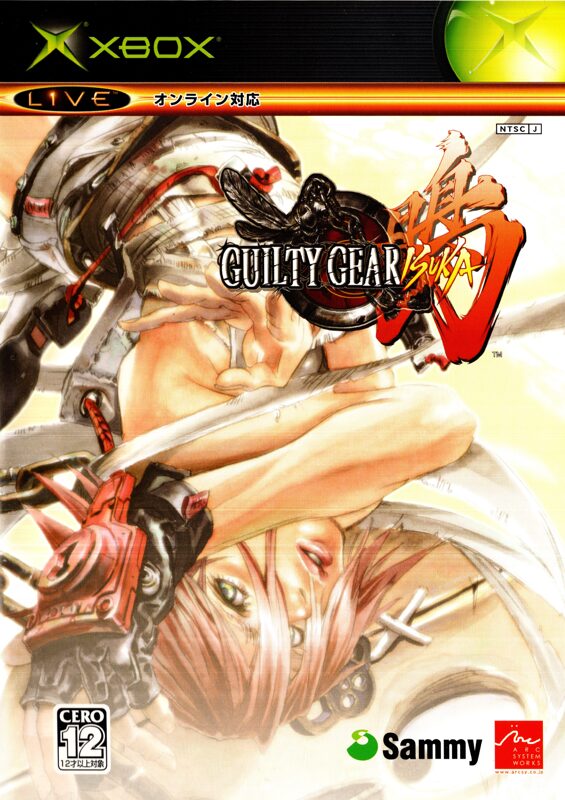
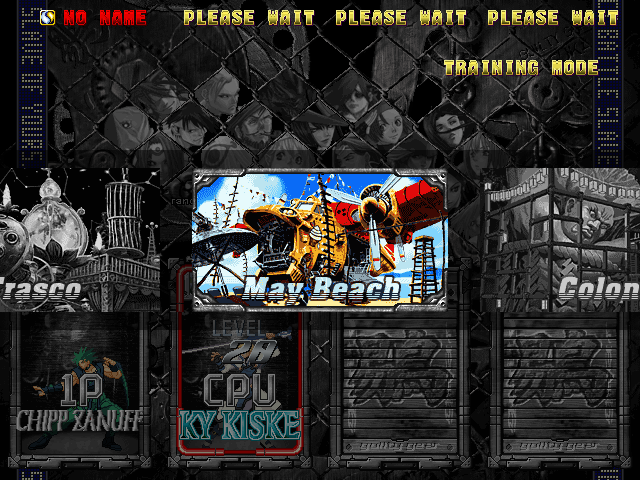

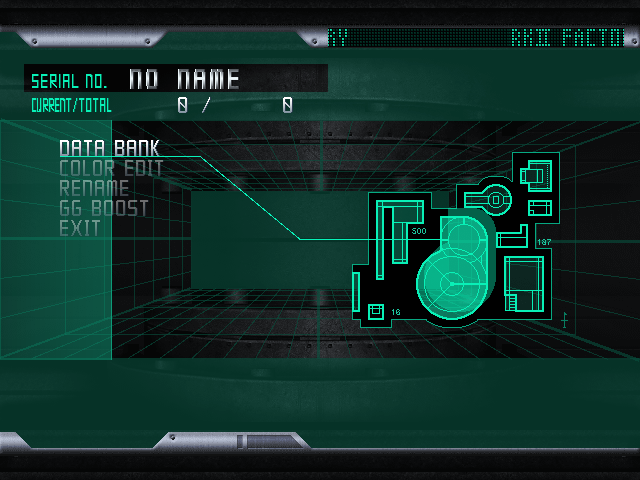
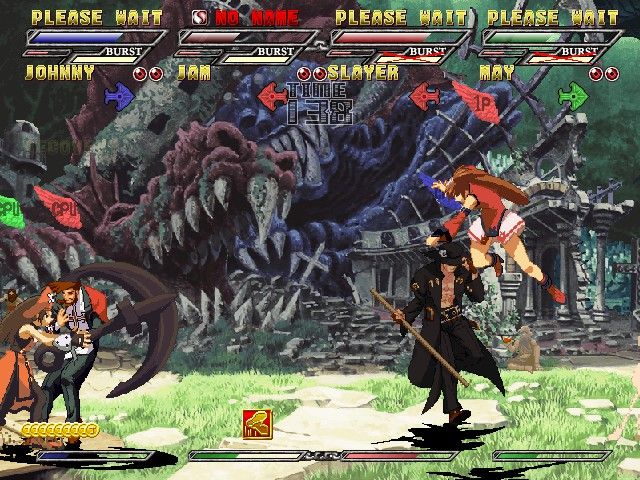
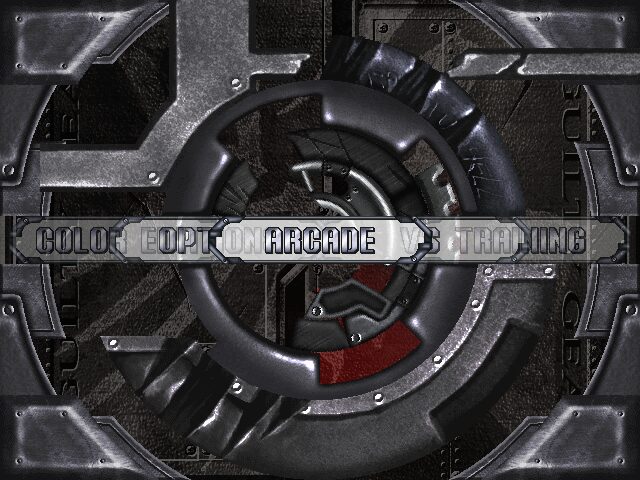



Reviews
There are no reviews yet.